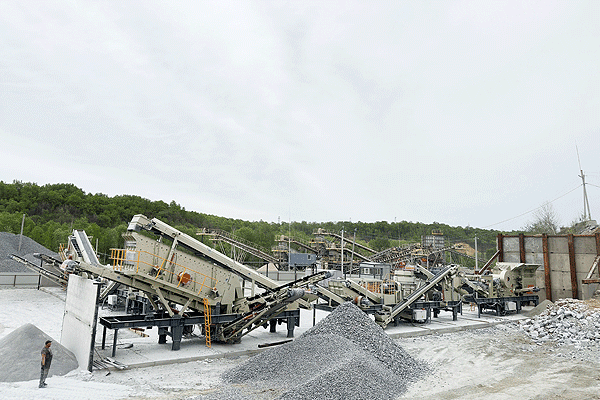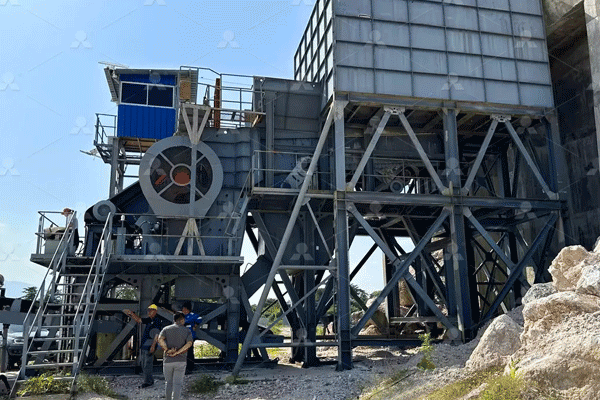How To Choose Stone Crusher In Different Crushing Stages?
Selecting the right stone crusher is a critical decision that directly impacts the efficiency, cost-effectiveness, and final product quality of any crushing operation. The process is not one-size-fits-all; it requires a clear understanding of the different crushing stages and the specific machinery suited for each. This guide will navigate the key considerations for choosing an appropriate crusher across primary, secondary, and tertiary stages, ensuring your operation runs smoothly and profitably.
Understanding the Three Stages of Crushing
A typical stone crushing plant operates in a multi-stage circuit. Each stage is designed to reduce the rock to a specific size range, preparing it for the next phase of processing. The primary stage handles the initial size reduction of large run-of-mine material. The secondary stage further breaks down the material from the primary crusher into a more manageable size. Finally, the tertiary stage is responsible for shaping and refining the aggregate to produce precisely graded end products like sand or chippings. Recognizing the distinct goal of each stage is the first step in selecting the correct equipment.
Primary Crushing: The First Line of Defense
The primary crusher is the workhorse of the operation, tasked with processing large boulders, sometimes as large as a meter in diameter. The key consideration here is raw power and ability to handle high throughput of abrasive material. Two main types dominate this stage due to their high capacity and robust construction.
Jaw crushers are a popular choice, functioning like a giant nutcracker. A fixed jaw and a moving jaw create a V-shaped chamber where rock is crushed by compression. They are excellent for hard, abrasive materials and offer high reliability with relatively simple maintenance.
Gyratory crushers are another powerful option, often used in high-capacity stationary plants. They feature a long, conical crushing head that gyrates within a concave chamber. This design provides continuous crushing action and is known for its high productivity and efficiency in handling very large feed sizes.
The choice between them often depends on factors like required capacity, feed size, and whether portability is needed.
Secondary Crushing: Refining the Product
After primary crushing, the material enters the secondary stage where it is reduced to smaller, more uniform sizes. Crushers in this stage focus on producing well-graded aggregate for concrete or asphalt base layers.
Cone crushers are frequently selected for this role. They operate on a similar principle to gyratory crushers but are smaller and configured for finer crushing. By compressing rock between a rotating mantle and a stationary concave liner, they produce cubical-shaped particles ideal for many construction applications.
Impact crushers offer an alternative method using impact force rather than pure compression. They hurl rock against hard surfaces or use hammers on a rotating rotor to achieve fragmentation. This makes them suitable for softer, less abrasive materials like limestone and can produce a well-shaped product.
The decision hinges on material hardness, desired product shape specification (cubicity), and overall production goals.
Tertiary and Quaternary Crushing: Achieving Precision
For applications demanding highly specific end products—such as manufactured sand for concrete or fine aggregates for asphalt surfaces—tertiary or even quaternary crushing stages are employed. Precision is paramount here.
Cone crushers are again commonly used but are configured with finer liners and tighter settings to produce smaller chips or sand-sized particles.
Vertical Shaft Impact (VSI) crushers excel in this final stage as premier “sand-making” machines. They use a high-speed rotor to fling rock against anvils or other rocks in a rock-on-rock action. This process optimally shapes aggregate particles, producing highly cubical products while reducing flakiness—a critical quality parameter in high-specification applications like skid-resistant road surfaces.
Key Selection Criteria Beyond Crusher Type
While understanding each stage’s function is vital, several other factors influence equipment selection:
- Material Characteristics: Hardness (e.g., granite vs. limestone), abrasiveness (e.g., sandstone), moisture content, and presence of clay significantly affect wear rates.
- Feed Size & Desired Product: The maximum input dimension from your quarry face dictates your primary crusher choice.
- Required Capacity: Your target tons-per-hour output will narrow down suitable machine models.
- Mobility Needs: Stationary plants offer high-volume efficiency.
- Operational Costs: Consider long-term expenses related to energy consumption.
- Budget Considerations: It’s important to note that numerous factors influence investment costs; different performance requirements lead to varying configurations which naturally result in different price points.
By systematically evaluating these criteria alongside your operational goals at each crushing stage—primary reduction with robust machines like jaw or gyratory crushers; secondary refinement with cone or impactors; tertiary precision shaping with cone or VSI units—you can build an efficient plant that delivers consistent quality while optimizing operational expenditure over its lifecycle without compromising performance standards set by industry specifications today
